Resources for Building Wildlife Nesting & Roosting Boxes
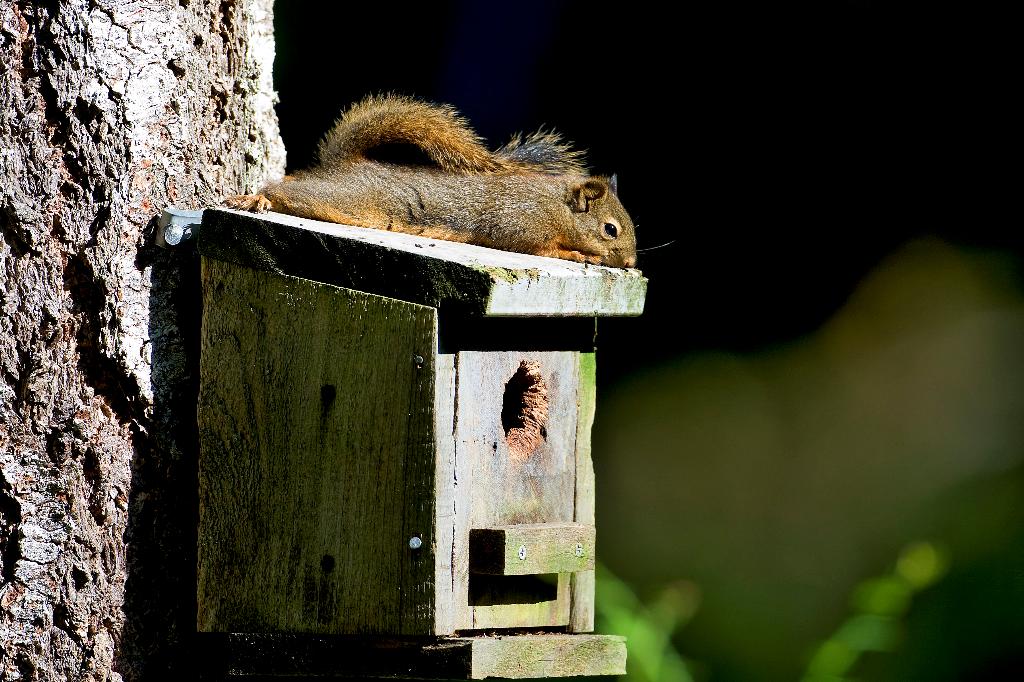
In Pacific Northwest forests, dead wood works wonders for wildlife. But when there isn’t enough naturally occurring dead wood around, you might need to do some woodworking yourself.
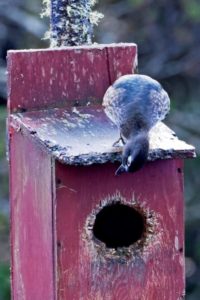
Snags—standing dead or dying trees—are important forest structures for cavity-dependent birds and small mammals, food sources for woodpeckers and other foragers, and slowly release nutrients into the ecosystem with the help of decomposers. But second and third-growth forests often lack sufficient snags because they were removed during previous intensive forest management, or the few remaining are in advanced stages of decay.
The best solution to this problem is to begin to cultivate more standing dead and down wood. See here for a ideas on creating snags from living trees and here for a guide on habitat piles and constructed logs.
But if you’re limited in your ability to create your own snags—or just a little impatient—you can replicate some of their ecological and habitat functions by building wildlife nesting and roosting boxes.
Bird Nesting Box Plans
Mark Biser has years of experience building nesting boxes for his forest, Still Waters Farm, which is FSC®-certified through NNRG’s group certificate.
He recommends exploring the All About Birdhouses page on NestWatch.org to find plans for birds that nest in your region and habitat type.
There you’ll find thorough, easy-to-read plans and specifications for building nesting boxes for particular bird species.
Below we’ve also compiled a list of bird box plans for you to try out when you’re looking for something to do at home. Most of these don’t require you to be a dab hand at woodworking—but they will require some basic materials and tools.
A quick note about the difference between nesting boxes and roosting boxes: birds will use nesting boxes to make nests, lay eggs, and raise young until they fledge. They use roosting boxes for shelter in bad weather, as a place to rest in between other activity, and for protection from predators, particularly in the winter.
Bird box plans
- Basic nest box, with list of dimensions by species
- Barn owl nest box
- Wood duck nest box
- Flicker nest box
- Downy & hairy woodpecker nest box
- Basic songbird roost box
- Northern pigmy-owl nest box
- More woodworking projects for backyard wildlife
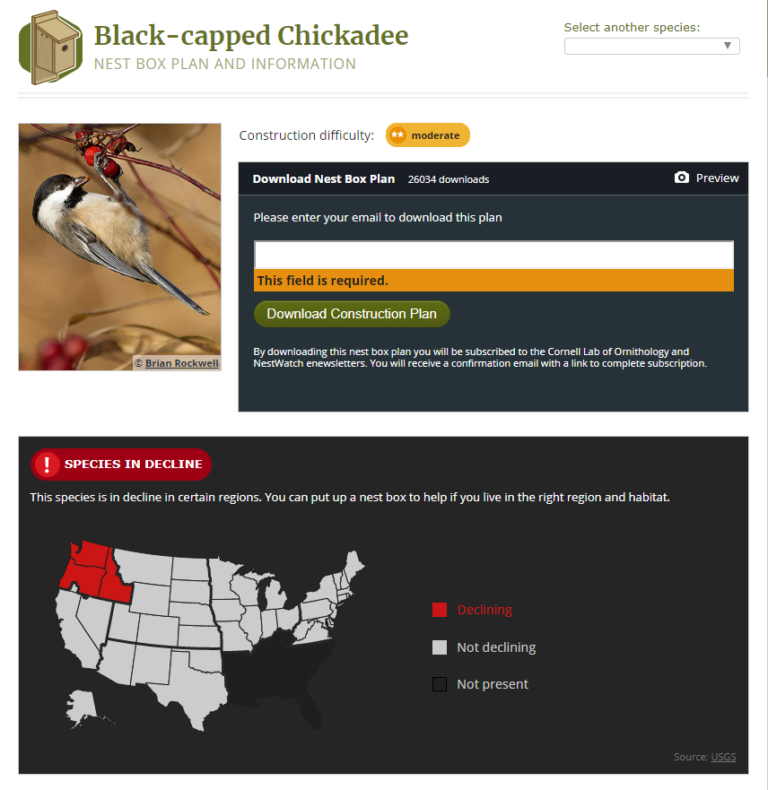
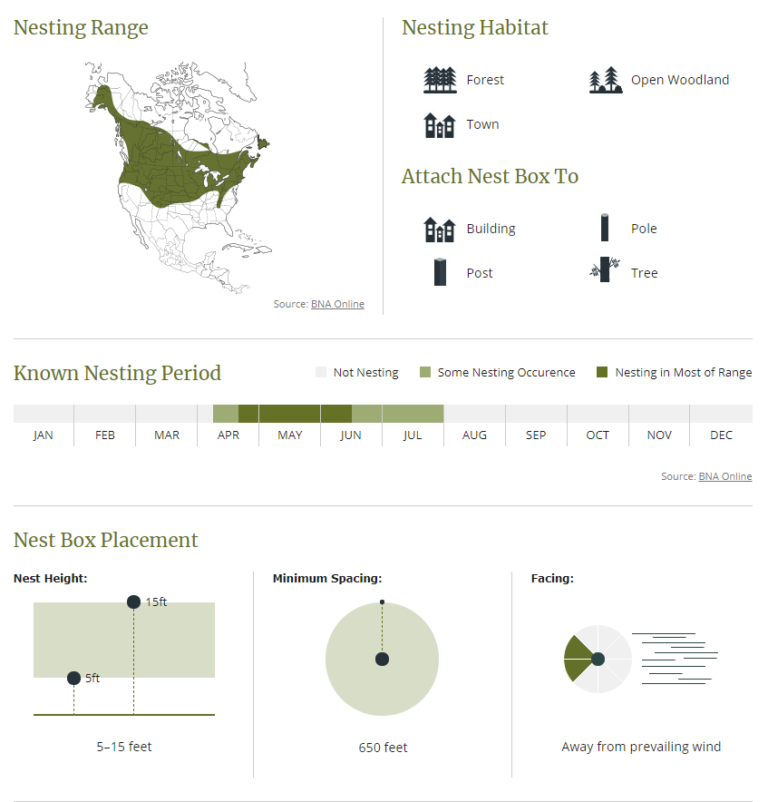
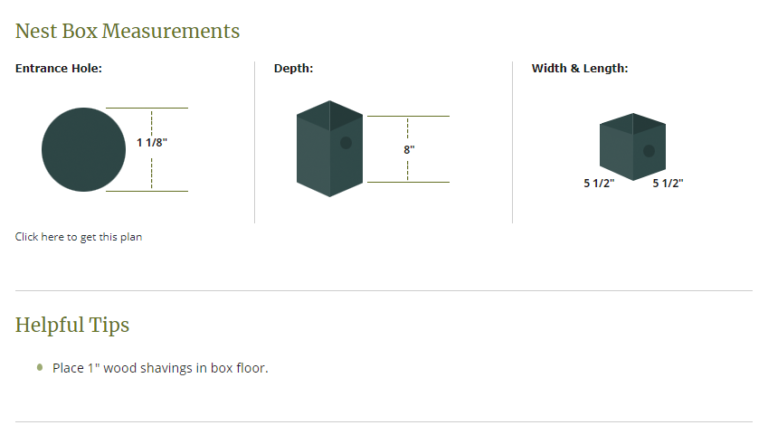
Bat Boxes
Birds aren’t the only winged creatures that flit through our forests—there are bats too! Oregon and Washington are home to 15 species of bats.
Unfortunately, nine of our resident species are at risk. In almost all areas, human alteration of habitat poses a significant threat to bats. Development or clear-cutting of forests destroys bat roosts and limits their ability to forage for insects. White-Nose Syndrome, a fungal disease spreading across North America, is a recent, serious threat to bat populations. It has devastated east coast bat populations and has no known cure (though scientists are working hard to find one). In the last three years, a few cases of white-nose have been detected in Washington state. None have been found in Oregon.
If you care for a forest, the best thing you can do to conserve bats is to make sure your forest is rife with places for them to roost. From the Natural Resource Conservation Service (NRCS): “The most important action forest landowners can take to maintain bat populations is to provide a continuous supply of potential roost trees. These include snags in various stages of deterioration (especially those in early stages of decay), hollow trees, and the green and dying trees that can provide future snags.”

Building bat houses will provide more roost options for bats in your area. Bats Northwest, a bat conservation non-profit based in Seattle, has put together a helpful page with more details and plans for building bat houses. Put well-sealed black-painted bat houses in sunny locations at least 12 to 15 feet off the ground and ensure the entrance is free from obstructions for a 15 to 20 foot area.
Find more resources on managing for wildlife at www.nnrg.org/resources/managing-for-wildlife.

Leave a Reply